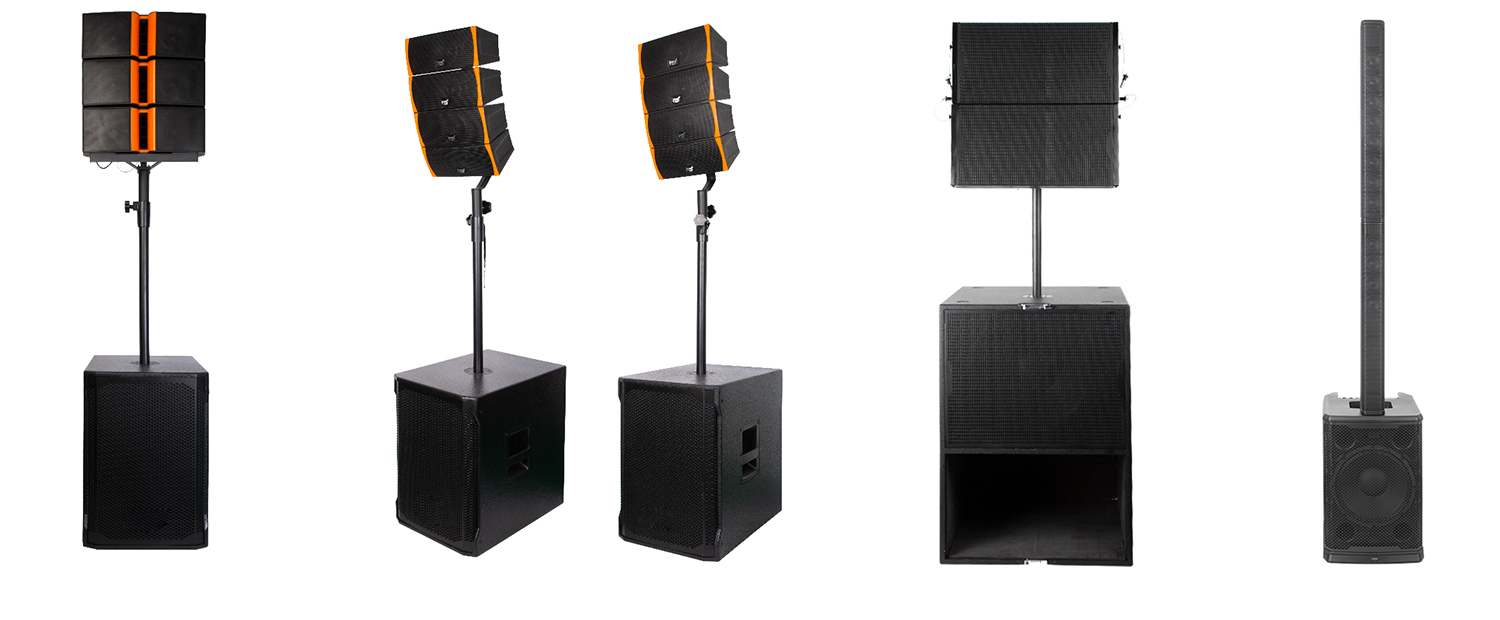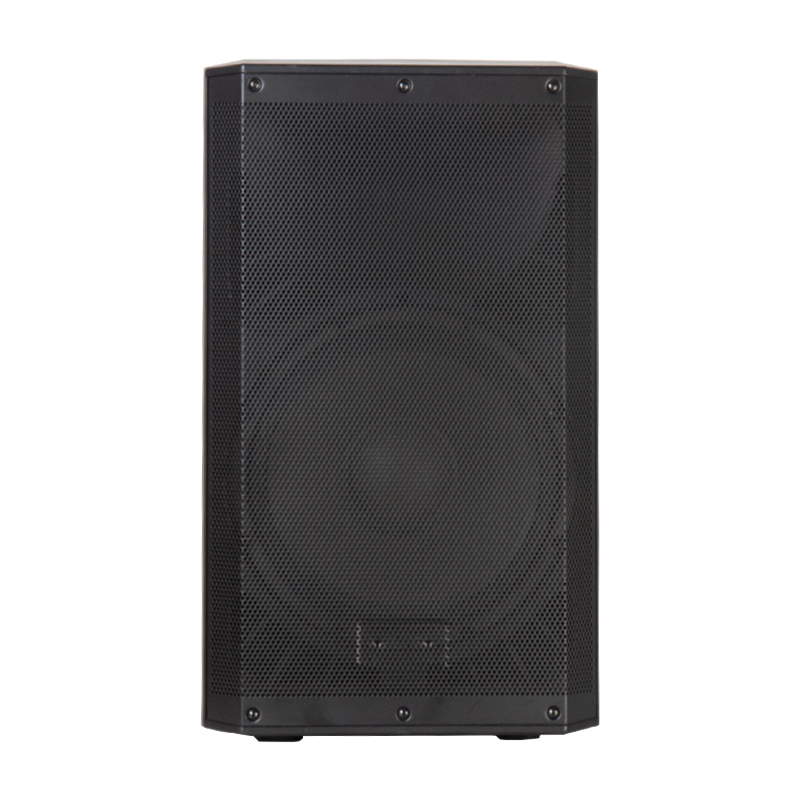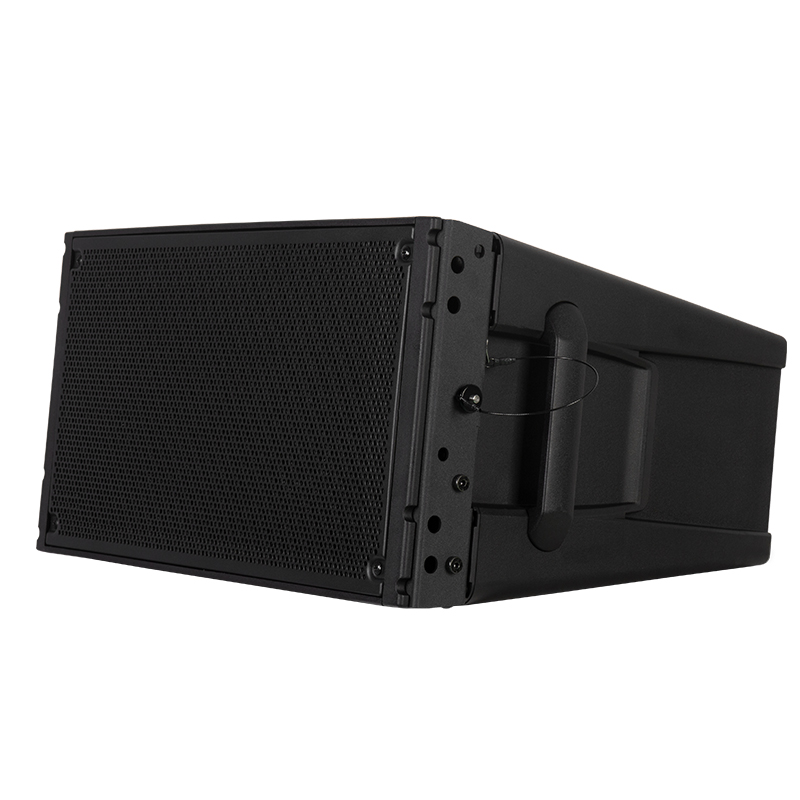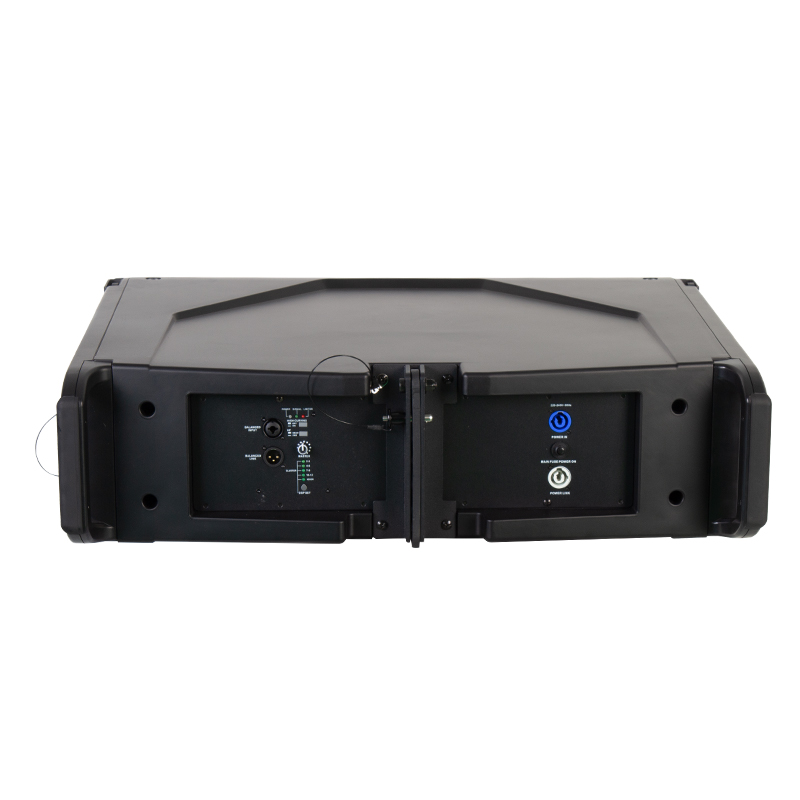
The Role of a Powered Speaker Manufacturer in Modern Audio
Professional audio has shifted from analog systems toward integrated digital architectures. The rise of powered speakers—enclosures with built-in amplification and digital control—has transformed how engineers design, deploy, and maintain sound systems.
A leading powered speaker manufacturer is no longer just an assembler of cabinets and drivers. Instead, it operates as a multidisciplinary engineering facility—combining acoustic science, digital electronics, and mechanical precision to create products that deliver consistent sound under any condition.
With the global demand for portable, high-output, and reliable systems growing, manufacturers face the challenge of achieving laboratory-grade precision at production scale—without compromising efficiency or cost.
Engineering Foundations: The Science Behind Powered Speakers
Powered speakers integrate amplifiers and signal processing directly into the cabinet. The key to their performance lies in the synergy between three technologies:
1. Class D Amplification
Unlike traditional Class AB amplifiers, Class D operates through pulse-width modulation, switching transistors on and off rapidly. This design achieves over 90% efficiency, reduces heat, and allows compact form factors suitable for touring and mobile systems.
2. DSP (Digital Signal Processing)
DSP modules perform active crossover, equalization, and limiter protection. They ensure each driver—woofer, midrange, tweeter—receives a perfectly calibrated signal for maximum clarity and balance.
3. Acoustic Design Optimization
Cabinet resonance, phase alignment, and port tuning are optimized using simulation tools such as finite element analysis (FEA). The result is improved transient response, higher SPL output, and reduced distortion.
A report by the Audio Engineering Society (AES) highlights that integrated DSP and Class D systems improve acoustic efficiency by up to 18% compared to separate amplifier configurations.
Traditional Manufacturing vs. Integrated Engineering
| Aspect | Traditional Speaker Manufacturer | Powered Speaker Manufacturer |
|---|---|---|
| Amplification | External components | Integrated Class D modules |
| Tuning | Manual EQ adjustment | DSP-controlled optimization |
| Quality Control | Basic acoustic testing | Automated frequency calibration |
| Production Flow | Mechanical assembly | Electronic + acoustic integration |
| Portability | Heavier multi-unit systems | Lightweight, all-in-one enclosures |
| Reliability | Component variability | Factory-calibrated consistency |
The shift to integration means every stage—from PCB assembly to acoustic testing—occurs under a unified engineering framework. This guarantees that each speaker leaving the factory maintains the same tonal character and performance stability.
Key Advantages and Manufacturing Strengths
1. Efficiency Through Class D Design
High-efficiency amplification minimizes energy waste and reduces cooling requirements, allowing smaller enclosures without compromising SPL performance.
2. Precision Calibration with DSP
Every speaker undergoes automated measurement sweeps. DSP algorithms compensate for manufacturing variances, ensuring ±1.5dB frequency tolerance across production runs.
3. Enhanced Durability and Thermal Management
Built-in protection circuits monitor temperature, current, and voltage, extending product lifespan even in demanding touring conditions.
4. Faster Production and Lower Maintenance
Standardized amplifier-DSP modules streamline assembly and maintenance, enabling cost-effective scaling for OEM and rental partners.
5. Sustainability and Resource Optimization
Modern facilities utilize recyclable MDF composites and low-energy soldering stations, minimizing waste while ensuring acoustic integrity.
Applications and Real-World Performance
Live Event Systems
Concert organizers favor powered systems for their plug-and-play design and predictable performance. Built-in DSP ensures consistent tonal quality across venues.
Fixed Installations
In conference centers and theaters, powered speakers simplify cabling and amplifier management while maintaining precise sound dispersion.
Studio and Broadcast Environments
Compact powered monitors offer accurate near-field response, crucial for mixing and mastering applications.
Case Example:
An international event company selected Audfine’s powered speaker systems for a multi-city concert tour. The integrated DSP calibration allowed technicians to configure venues in under half the usual time, while Class D modules delivered high SPL with 20% less energy consumption than previous models.
Product Recommendation: Selecting the Right Powered Speaker
For Large Outdoor Events
-
Recommended Type: Active Line Array Systems
-
Highlights: Long-throw projection, high SPL, modular configuration
-
Ideal For: Festivals, concerts, stadium shows
For Medium-Scale Venues
-
Recommended Type: Powered PA Speakers or Stage Monitors
-
Highlights: Compact, robust, DSP limiter protection
-
Ideal For: Auditoriums, performance halls, multipurpose rooms
For Studio Use
-
Recommended Type: Active Studio Monitors
-
Highlights: Flat response, DSP accuracy, phase alignment
-
Ideal For: Recording, mixing, broadcast applications
For Business or Hospitality Spaces
-
Recommended Type: Column Powered Speakers
-
Highlights: Sleek vertical design, wide coverage, aesthetic fit
-
Ideal For: Restaurants, hotels, educational institutions
For Low-Frequency Reinforcement
-
Recommended Type: Powered Subwoofers
-
Highlights: Deep bass extension, thermal stability, controlled SPL
-
Ideal For: Clubs, theaters, and live entertainment stages
Advancing the Standards of Pro Audio Manufacturing
The evolution of powered speaker manufacturing represents the fusion of art and engineering—where every component, from amplifier to cabinet, contributes to a unified sonic experience. Through precision tuning, digital intelligence, and industrial discipline, manufacturers are pushing the boundaries of what modern sound systems can achieve.
Audfine, as an advanced powered speaker manufacturer, continues to lead this transformation by integrating Class D amplifier technology, automated DSP calibration, and rigorous end-of-line testing to deliver unmatched consistency and reliability.
To learn more about Audfine’s engineering capabilities and explore its latest powered sound solutions, visit the Audfine official homepage or contact the technical team for expert consultation and project support.


